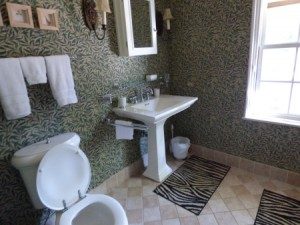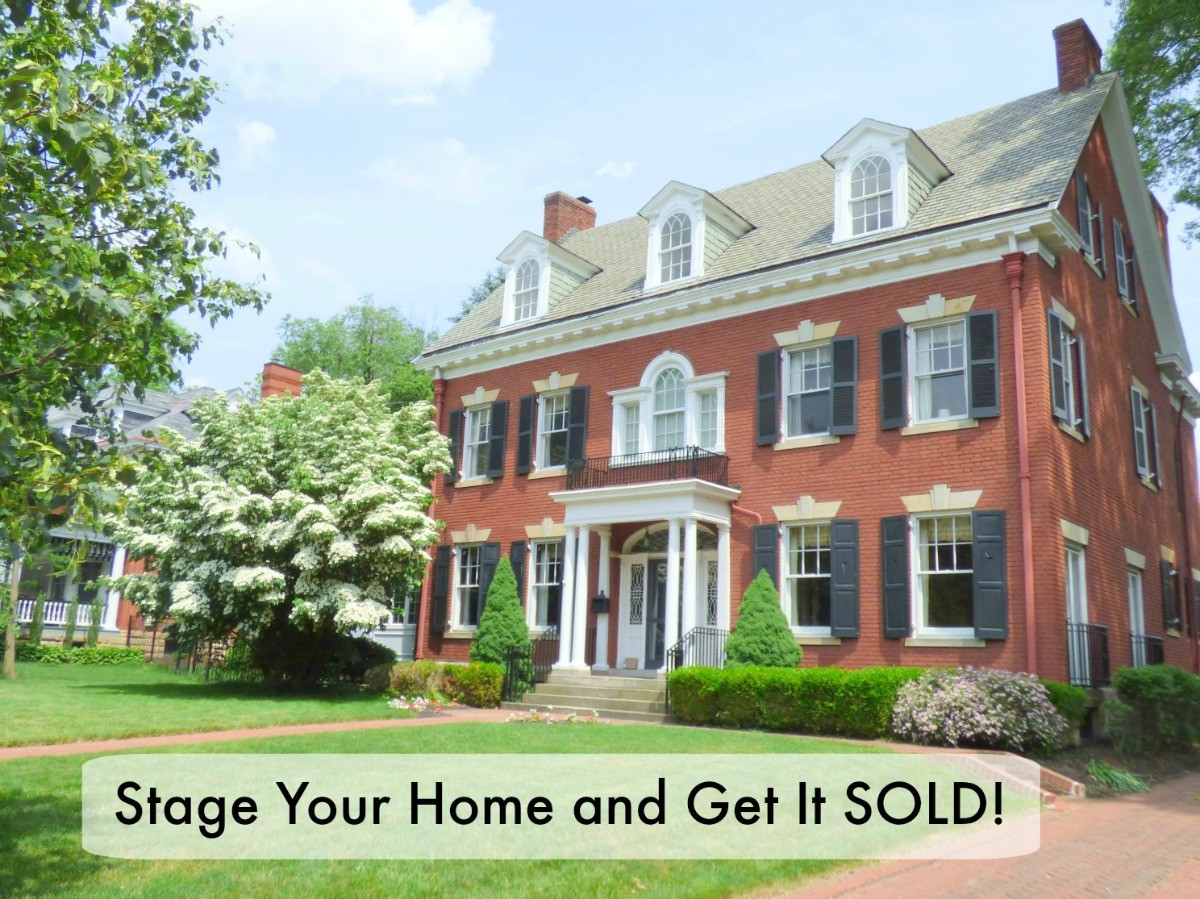When I see how much faster and easier staged homes sell, I wonder why everyone doesn’t stage their home. Not understanding the value of staging is what stops homeowners from doing this important step.
These are the 6 most common myths that homeowners have about staging. These myths stop them from staging their home before putting it on the market…and these myths stop them from selling for the highest price.
1. We’ve sold several homes and we never had to stage before.
That is very true, homeowners never had to stage before….
..before the internet showed the buyers all the other homes for sale in your area
..before HGTV showed buyers how nice homes for sale should look (even if it was all faked for TV).
..before Pinterest and Houzz made looking at photos of perfect homes into a hobby.
But those days are gone. The days when cleaning up the clutter and hiding the kitty litter box was all that anyone expected. Now you are competing for buyers in a world where visual images of “perfect” houses are everywhere! Your home needs to look its very best if you are going to get top dollar when selling your home today. Over 95% of buyers start their search online…and if your home is not presented well, it will never make the list of “homes to see”.
2. We want to test the market first.
Again, another idea from the pre-internet days, the days before the internet told ALL! Today the internet tells buyers what you paid for the house, the number of days your home has been for sale, how many price reductions you have taken, and how much you have reduced the price.
In todays “tell all” world you are much better off listing your home at a price that comparable home sales and current market conditions support so that it doesn’t become “stale”.
Just as stale bakery products are sold at a discount, a home that has been sitting for months and months with many price reductions is less appealing to buyers and will sell for less than it would have when it was “fresh” on the market.
Have you heard the saying “You never have a second chance to make a good first impression”? That is never more true than in Real Estate. When your listing is new, you will have the buyer’s attention. The first 2 -4 weeks when a home first comes on the market is when it generates the most interest. The time when all the people that have been looking for months, and are the most motivated to buy, will look at your house …if it is overpriced or just presented poorly, they will just pass it by. And when you lower your price at the end of 30 or 60 days, all those buyers will have moved on.
3. We want the buyer to decide on the needed updates.
It sounds like a really good idea; let the buyers pick out what they want to live with. It sounds good, but since less than 10% of buyers have the ability to see past the dated decor and look at the bones of a house, it doesn’t work out for the sellers.
9 out of 10 buyers can only see is what is presented to them…not the potential of what the home can be.
And even if they are one of the few that CAN see the potential, they are not interested in out-of-date homes. Today most buyers want move-in-ready…they don’t have the time, interest, or skill to take on renovations. The only people usually interested in homes that need a lot of cosmetic fixes are shoppers that like doing DIY …and they are looking for a bargain, so be prepared to sell at a deep discount.
4. It is too much trouble for us to…. remove wallpaper or paneling, or paint, or update lighting fixtures.

But guess what; the buyers don’t want to do it either.
Wallpaper is one of the top 5 reasons that buyers reject a potential property. Homes that are up-to-date, look well cared for, and are move-in-ready are more desirable to buyers, and since they are more desirable they are worth more money. If your home is not move-in-ready it will take longer to sell and will sell for a lower price than comparable homes that are up-to-date.
And the cost to update something in your home before it goes on the market will be less (sometimes much less) than the lower price buyers will ask as compensation for out-of-date features.
5. Staging costs too much money.
Staging is not a cost it is an investment. What does that mean? It means that you should recoup all the money spent on staging in a higher sales price and a quicker sale. Staging an occupied home with your furniture is very affordable. And even vacant staging with rental furniture is many thousands of dollars less than a price reduction on a home that has been sitting on the market for months.
And there is a cost to not staging. Several months of paying two mortgages as well as the monthly costs (like insurance, association fees, taxes, and utility bills) to carry two homes will be a much higher expense than staging. And that is not counting the stress, worry and inconvenience of having your home on the market for months and months.
6. My home has been professionally decorated or….. everyone loves my home.
Whether you decorated your home or you had it decorated professionally, your home is personalized to reflect your tastes and lifestyles. Staging is almost the direct opposite of decorating…you could call it un-decorating. Staging depersonalizes and neutralizes the space and arranges it to suggest a lifestyle appealing to the greatest possible number of targeted buyers.
Staging is not decorating …it is a marketing tool that gives savvy sellers a competitive edge by allowing buyers to make an emotional connection to your home.
And while all your friends may love your house …they love it because it is a reflection of you. Buyers don’t want to see your personality in the home, they have to see themselves living in the home before they will make an offer to buy it!
These misconceptions are all great reasons for buyers not coming to look at your home
Pittsburgh Staged Homes can provide a fresh and unbiased perspective of the home; analyzing the first impressions of each room from the buyers perspective, and offering simple improvements to create buyer appeal—and get your home SOLD.

